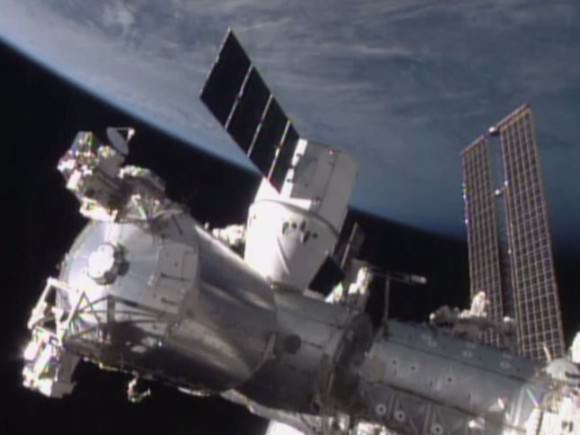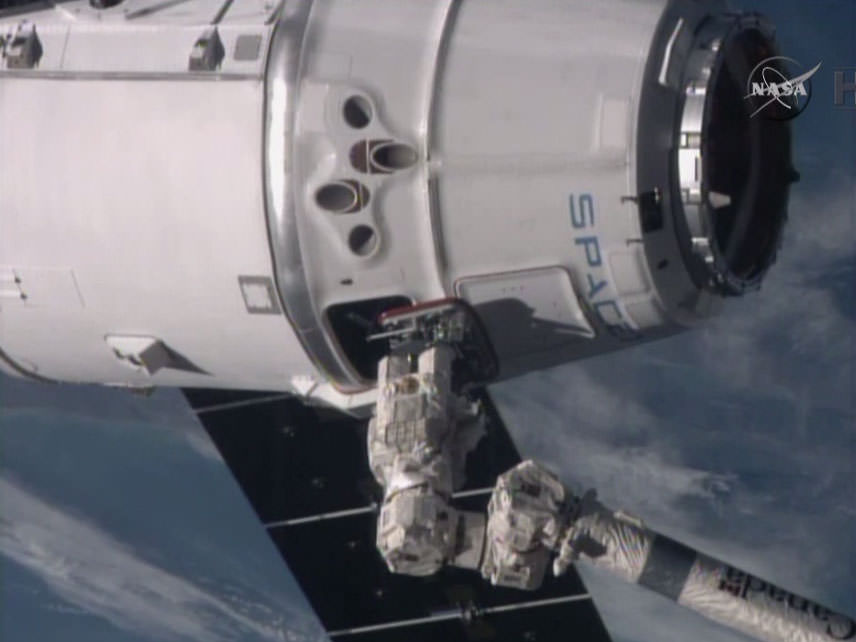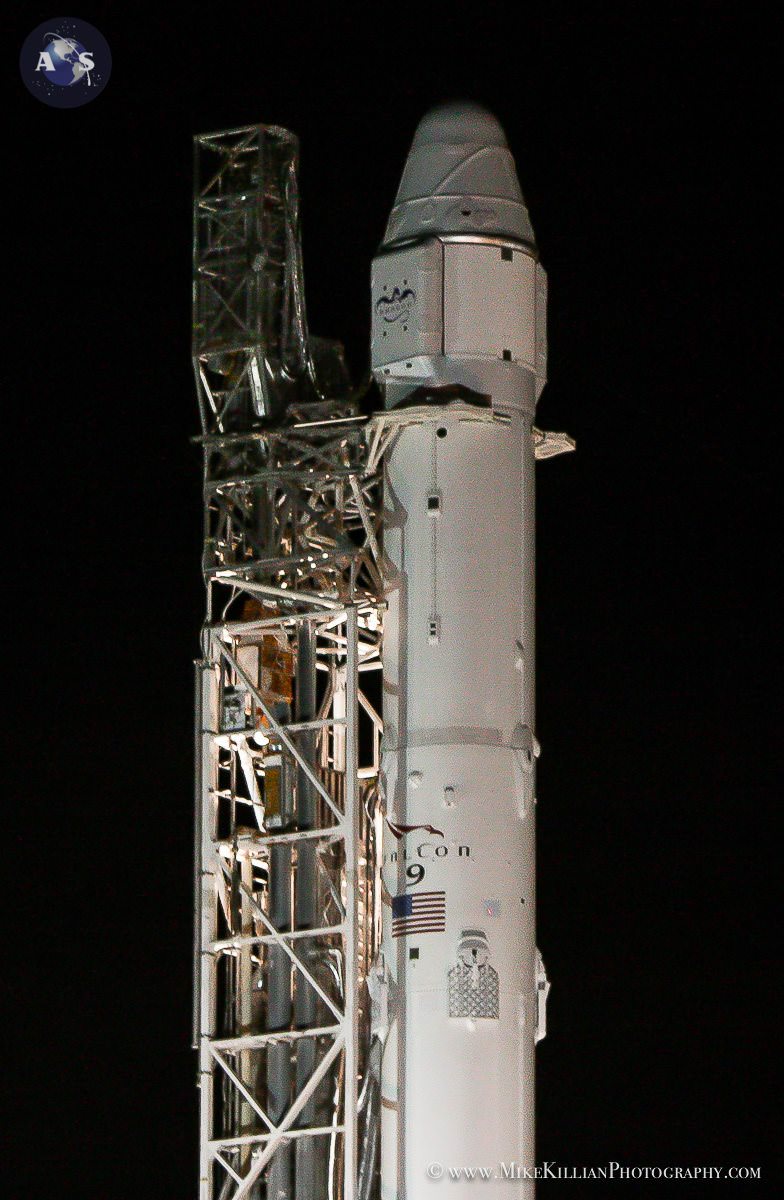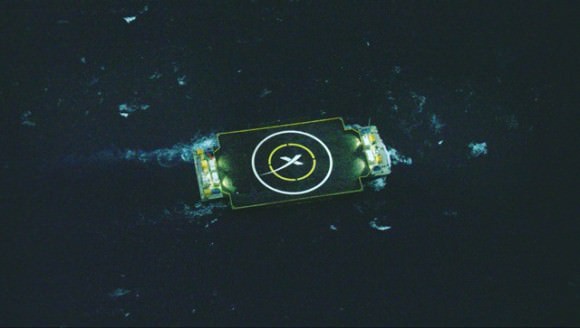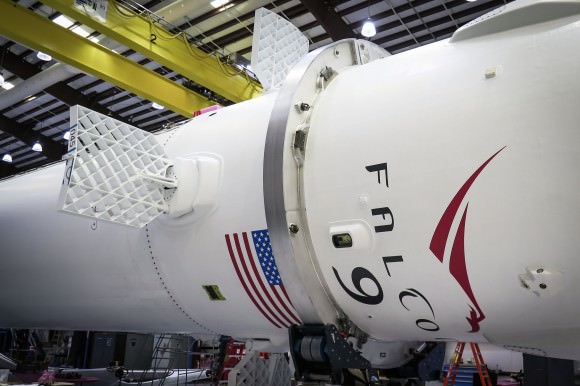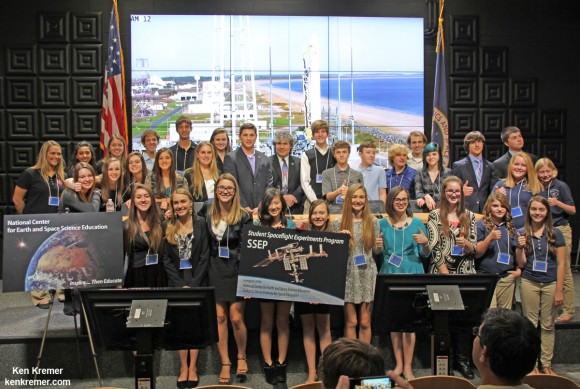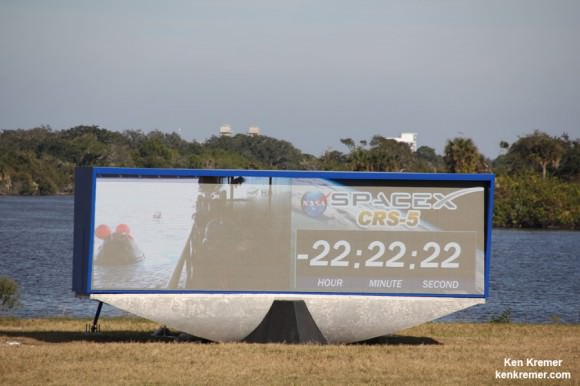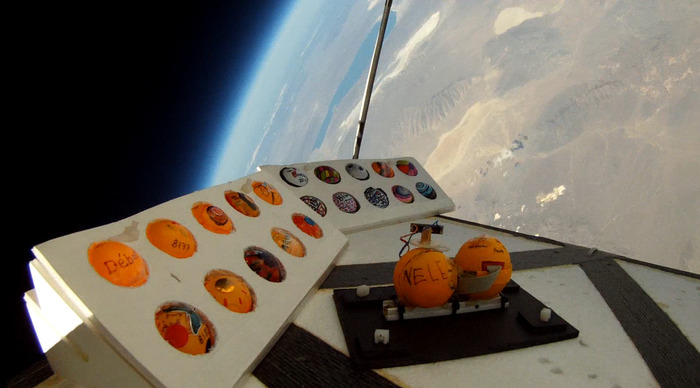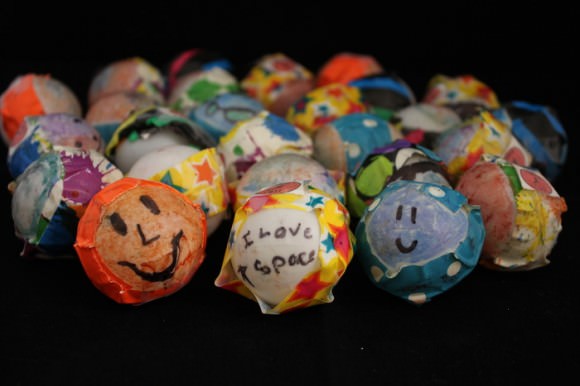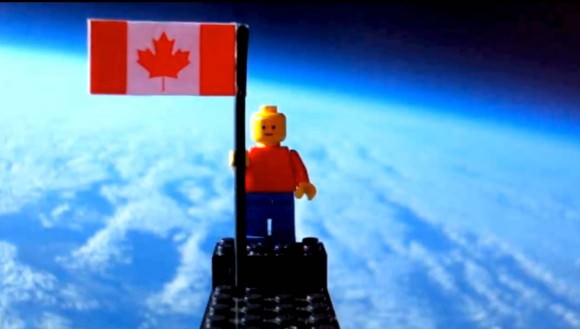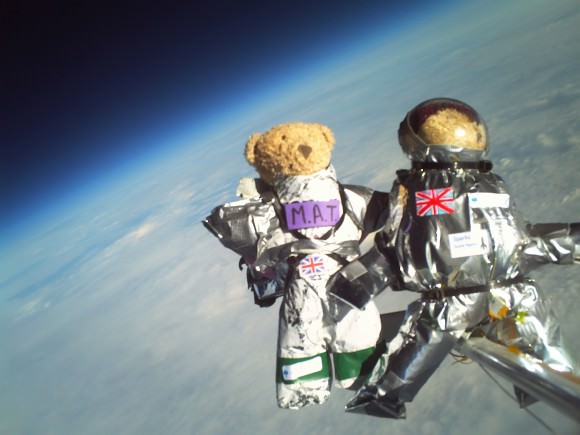The commercial SpaceX cargo Dragon, loaded with over 2.6 tons of critically needed supplies and science experiments, was captured by the crew aboard the International Space Station (ISS) this morning (Jan. 12) while soaring over the Mediterranean Sea.
The SpaceX Dragon CRS-5 cargo vessel arrived at the station following a flawless two day orbital pursuit and spectacular nighttime blastoff atop the SpaceX Falcon 9 on Jan. 10 at 4:47 a.m. EST from Cape Canaveral Air Force Station in Florida.
Note: This breaking news story is being updated. Check back frequently for updates.
Dragon was successfully berthed and bolted into place a few hours later at 8:54 a.m. EST.
Working at the robotics work station inside the seven windowed domed cupola, Expedition 42 Commander Barry “Butch” Wilmore of NASA, with the assistance of Flight Engineer Samantha Cristoforetti of the European Space Agency, successfully captured the Dragon spacecraft with the station’s Canadian-built robotic arm at 5:54 a.m. EST.
Wilmore grappled Dragon with the station’s 57-foot-long (17-meter-long) robotic arm at 5:54 a.m. EST, about 18 minutes ahead of schedule, in an operation shown live on NASA TV, back-dropped by breathtaking views of “our beautiful Earth” passing by some 260 miles (410 kilometers) below.
Among the goodies aboard are belated Christmas presents for the crew. The Falcon 9 and Dragon were originally scheduled to liftoff in December and arrive in time for the Christmas festivities.
The cargo freighter flew beneath the station to arrive at the capture point 32 feet (10 meters) away. Dragon’s thrusters were disabled at the time of grappling.
Robotics officers at Houston Mission Control then began remotely maneuvering the arm to berth Dragon at the Earth-facing port on the station’s Harmony module starting at 7:45 a.m. EST.
Dragon is being attached via the common berthing mechanism (CBM) using four gangs of four bolts apiece to accomplish a hard mate to Harmony. The overall grappling and berthing process requires a few hours.
Dragon was successfully berthed and bolted into place at 8:54 a.m. EST and its now part of the space station.
The crew will conduct leak pressure checks, remove the docking mechanism and open the hatch later today or tomorrow.
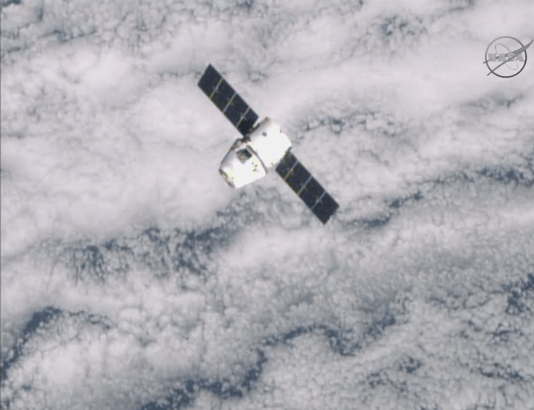
CRS-5 marks the company’s fifth operational resupply mission to the ISS under a $1.6 Billion contract with NASA to deliver 20,000 kg (44,000 pounds) of cargo to the station during a dozen Dragon cargo spacecraft flights through 2016 under NASA’s Commercial Resupply Services (CRS) contract.
Overall this is the sixth Dragon to arrive at the ISS.
The ISS cannot function without regular deliveries of fresh cargo by station partners from Earth.
The Dragon CRS-5 spacecraft is loaded with over 5108 pounds (2317 kg) of scientific experiments, technology demonstrations, crew supplies, spare parts, food, water, clothing, and assorted research gear for the six person crew serving aboard the ISS.
Among the payloads is the Cloud-Aerosol Transport System (CATS), a remote-sensing laser instrument to measure clouds and the location and distribution of pollution, dust, smoke, and other particulates and aerosols in the atmosphere that directly impact the global climate.
CATS is loaded aboard the unpressurized trunk of Dragon.
Also loaded onboard are 17 student experiments known collectively as the “Yankee Clipper” mission. The experiments are sponsored by the National Center for Earth and Space Science Education, which oversees the Student Spaceflight Experiments Program (SSEP) in partnership with NanoRacks LLC.
The launch marked the first US commercial resupply launch since the catastrophic destruction of an Orbital Sciences Antares rocket and Cygnus Orb-3 spacecraft bound for the ISS which exploded unexpectedly after launch from NASA Wallops, VA, on Oct. 28, 2014.
The US supply train to the ISS is now wholly dependent on SpaceX until Cygnus flights are resumed, hopefully by late 2015, on an alternate rocket, the Atlas V.
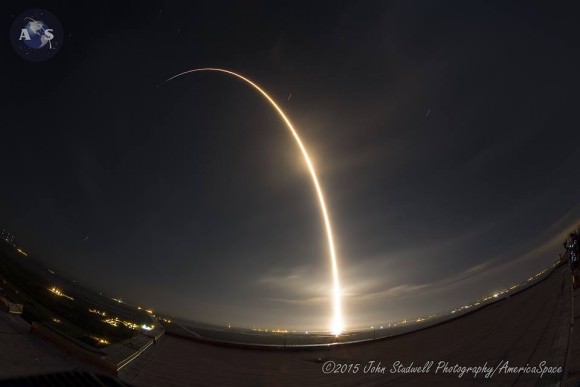
Dragon will remain attached to the ISS for about four weeks until Feb. 10.
SpaceX also had a secondary objective of recovering the Falcon 9 booster’s first stage via an unprecedented precision guided landing on an ocean-going “drone.”
The history making attempt at recovering the Falcon 9 first stage was a first of its kind experiment to accomplish a pinpoint soft landing of a rocket onto a tiny platform in the middle of a vast ocean using a rocket assisted descent.
In my opinion the experiment was “a very good first step towards the bold company goal of recovery and re-usability in the future” as I wrote in my post launch report here at Universe Today.
Listen to my live radio interview with BBC 5LIVE conducted Saturday night, discussing SpaceX’s first attempt to land and return their Falcon-9 booster.
Stay tuned here for Ken’s continuing Earth and planetary science and human spaceflight news.
